(18 products available)


























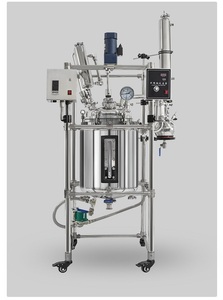





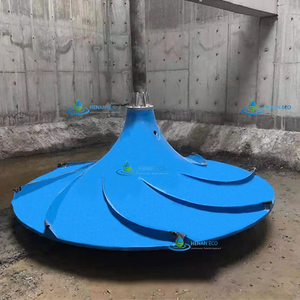






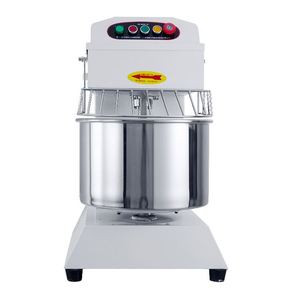
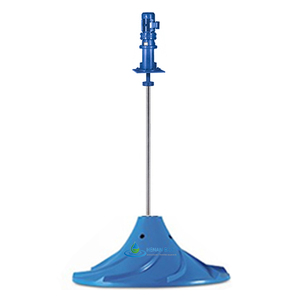
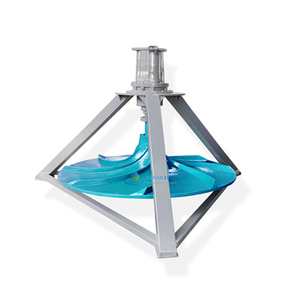
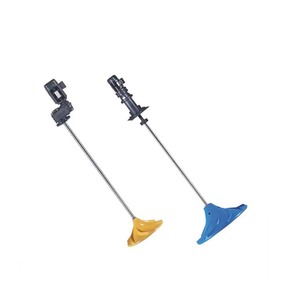




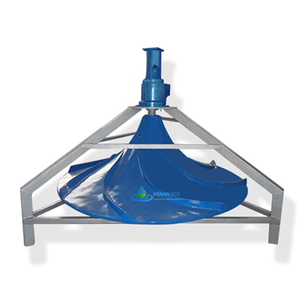
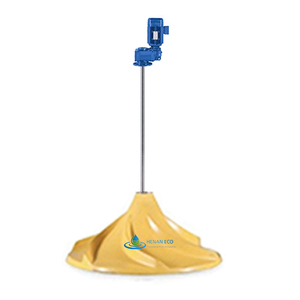

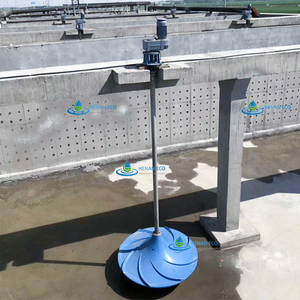




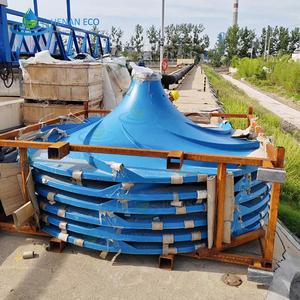


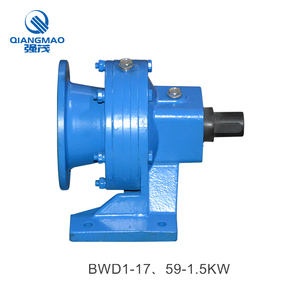

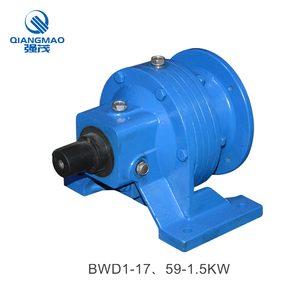
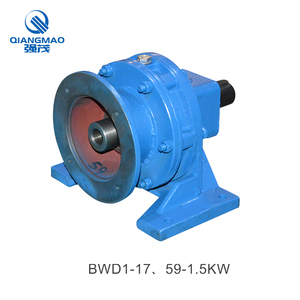



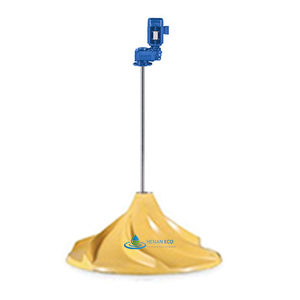





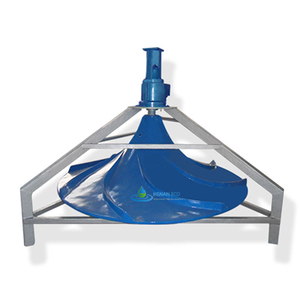


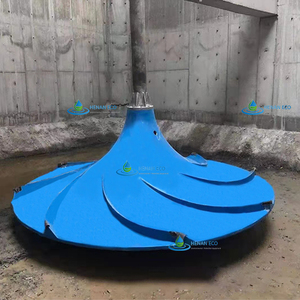
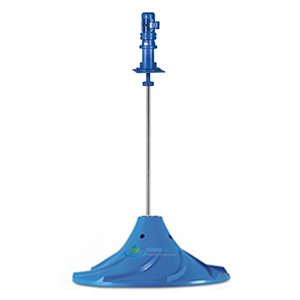
Hyperbolic mixers come in a variety of configurations designed to meet distinct processing needs in compound preparation. Some of the more popular models are as follows:
Double Spiral Hyperbolic Mixer
The double spiral hyperbolic mixer has two spiral blades, which are frequently positioned oppositely to one another. Such an arrangement allows for the material to be uniformly mixed within a short time. The double spiral hyperbolic mixer is well-suited for use in mixing materials with differing degrees of viscosity, as well as for materials with a high solid-liquid ratio.
Planetary Gear Hyperbolic Mixer
The planetary gear hyperbolic mixer has a unique planetary gear transmission system that enables it to rotate and move circumferentially at the same time. This mixing machine guarantees uniform, comprehensive, and quick mixing of materials by using a high-speed revolution and a low-speed rotary motion. Additionally, the mixer is capable of withstanding high solid-liquid ratios, which makes it an excellent option for use in dealing with exceptionally high-viscosity materials.
Double Spiral Hyperbolic Mixer with Strippers
The double spiral hyperbolic mixer with strippers features the stripper components that provide a recirculation effect by stripping the mixed materials from the mixer walls and returning them to the mixing area. This process enhances the homogeneity of the mixed materials and makes the mixer suitable for high-efficiency production lines. Moreover, the double spiral hyperbolic mixer with strippers can handle various material properties, such as high viscosity and solid-liquid content.
Ultra-high Speed Hyperbolic Mixer
The ultra-high speed hyperbolic mixer operates at fast mixing speeds and improves production efficiency by shortening processing time. In addition to this, the mixer is equipped with a variety of control functions, which ensure that the quality of the products being processed is consistent and that the production lines can be utilized at their full capacity.
Materials
Hyperbolic mixers are usually made from high-quality stainless steel, both inside and outside, to ensure that they do not rust during long-term use. At the same time, some hyperbolic mixers will have a chrome-plated layer on the surface, which can enhance the wear resistance of hyperbolic mixers, extend the service life of hyperbolic mixers and improve the quality of mixing materials.
Drive System
The drive system of a hyperbolic mixer usually consists of a motor, gearbox, belt or coupling. The motor power can be varied between 1-10 horsepower (HP) depending on the size and use requirements of the hyperbolic mixer. The speed of the motor is usually 1500-3000 rpm, and the gearbox reduces the speed and increases the torque, which in turn drives the mixing rod to rotate. The mixing speed can be adjusted between 100-800 rpm through the gearbox to achieve different mixing effects.
Mixing Rods
The mixing rod of the hyperbolic mixer usually comes in different shapes and sizes. For example, a paddle-shaped mixing rod might have a width of 200mm and a length of 300mm, while a discharge mixing rod might have a width of 150mm and a length of 250mm. The number of mixing rods depends on the size of the hyperbolic mixer and the mixing requirements, typically 2-4 mixing rods.
In order to keep hyperbolic mixers in good condition and provide lasting services for users, it is very important to maintain hyperbolic mixers properly. Regular cleaning, lubrication, inspection, replacement of parts, and proper storage and use are all essential maintenance steps.
Cleaning
It is critical to maintaining the quality and service life of hyperbolic mixers to clean them regularly. Cleaning should be done as soon as possible after use to prevent residues, dirt, etc. from solidifying in hyperbolic mixers. At the same time, warm soapy water or other appropriate cleaning agents can be used to clean hyperbolic mixers to ensure that they are hygienic and clean.
Lubrication
The service life and normal operation of hyperbolic mixers depend on proper lubrication. Lubricant should be applied to the appliances and transmission parts of hyperbolic mixers to reduce friction and wear. Regular replenishment of lubricating oil ensures that hyperbolic mixers operate smoothly during use.
Inspection
A hyperbolic mixer should be systematically checked periodically to ensure that it is in good working order. Parts such as mixing blades, bearings, belts, etc. should be inspected for wear, damage, or looseness. Any problems found should be repaired or replaced in time so as to ensure the normal operation of the hyperbolic mixer.
Replacement of parts
Some parts of hyperbolic mixers are subject to constant friction and stress during use, which can lead to wear and tear, necessitating periodic replacement. This includes mixing blades, bearings, belts, and more. To keep hyperbolic mixers in good shape and working well, it's important to choose the right parts to replace and make sure they're fitted and adjusted correctly.
Storage and use
When not in use, hyperbolic mixers should be stored in a dry, well-ventilated place, avoiding exposure to sunlight or moisture, so as to avoid surface and internal damage of mixers. Meanwhile, during the use of hyperbolic mixers, attention should be paid to the correct operation according to the instructions, avoiding overloading and long time continuous use, so as to reduce the wear and damage of hyperbolic mixers.
Mixing is a vital manufacturing procedure applied across various industries. Hyperbolic mixers are the backbone of production lines that churn out products requiring constant, consistent mixing. Industries such as the chemical, food processing, feed, pharmaceutical, and construction, to name just a few, use hyperbolic mixers to produce everyday products.
Hyperbolic mixers with high mixing speeds and efficient mixing capabilities are popular in the chemical industry. They are used to produce various products, including paints, fertilizers, pesticides, and more. Different chemicals are mixed together using hyperbolic mixers' complex mixing blades and methods to achieve the desired properties.
Hyperbolic mixers are used to knead and mix the raw components of baked goods and bread in the food processing industry. Hyperbolic mixers allow a consistent batch of dog feed to be produced by uniformly combining the principal feed additives with the base agro feed in the animal feed industry. Hyperbolic mixers are capable of uniform mixing and are thus used to homogenize the diverse raw material components, which include clinker, gypsum, fly ash, and cement, in the construction industry. Hyperbolic mixers in these industries mix high-viscosity material with other ingredients, such as clinkers in cement making, to ensure nothing is left unblended.
Pharmaceutical companies that produce ointments, syrups, and tablets use hyperbolic mixers to ensure accurate and uniform mixing of drugs, additives, and excipients. The quality of medicine is vital, and hyperbolic mixers can ensure that varying-size solids will be well integrated per the standard requirements.
Many goods bought require some form of mixing as the primary step to manufacture them. A hyperbolic mixer may have been used in a food condiment, cement, or paint that a customer requires for a specific purpose on the business end.
For the manufacturing industry, choosing the right hyperbolic mixer is an important task that goes beyond simply grabbing the first available model. Various factors need to be considered to ensure a good production flow, as well as good product outcomes.
Q1: Are hyper-mixers heavy-duty?
A1: Yes, hyper-mixers are heavy-duty. They can withstand everyday industrial use without breaking down. They also have protective features that help prevent damage from the materials being mixed or external factors.
Q2: What are hyperbolic mixers made of?
A2: The mixer is mainly made of stainless steel, which has a low carbon content. Hyperbolic mixers have mixing blades, a barrel, an end cover, a discharge port, and an inlet. The barrel is often insulated or has an alloy lining to prevent damage from abrasive materials.
Q3: Do hyperbolic mixers have attachments?
A3: Yes, hyperbolic mixers can have attachments. Hyperbolic mixers can be fitted with different types of motors to change the speed at which they mix. Gear boxes are sometimes used to increase the torque. Other attachments include blades, scrapers, and heat exchangers.
Q4: Are all hyperbolic mixers electric?
A4: No, not all hyper-mixers are electric. While many industrial mixers are electric, some models use compressed air. Pneumatic mixers are useful in flammable environments where electric power could pose safety risks. Air-driven mixers are sometimes more efficient depending on the application.